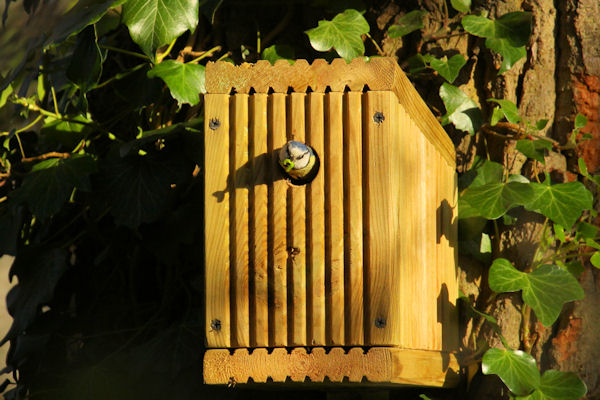August '22 in Bicknor Wood
The dry spell and the heat continued through early August and the wood was wilting in the hottest and driest of conditions. Not until the hosepipe ban came into force did we see any respite. Thank you to Phil Riches for his picture of a Chicken-of-the-woods bracket fungus (above).
Leaves have been dropping since early July as the trees seek to mitigate the drought. The dry spell broke in the third week of August and temperatures dropped enough to allow the trees and plants relax as autumn approaches.
The trees have been setting seeds and fruit. An abundance of Blackberries were collected for jam and the Silver Birches have been shedding seeds from their profuse seed heads. The male flower stalk that provided pollen to fertilise the female ovaries can still be seen on the spiky seedcase of the Sweet Chestnuts.
Elsewhere the seed heads of Common Ragwort and Rosebay Willowherb are fluffy with promise for next year.
Bird sightings have been few and far between. This is a common phenomenon during the summer as moulting causes them to be more discrete. They are still here, just not advertising their presence. Some, like the Blackbird, may have had to temporarily seek softer earth to dig through for worms and others will be enjoying seasonal abundance elsewhere. August is always a low spot in a birder's calendar.
The young Robin that was so approachable last month became more aloof once it attained its full adult plumage. On Aug 31st another recently fledged Robin was seen close to the Gore Court Rd gate showing the first flush of red on its breast. On the same walk, the shell from a hatched Woodpigeon's egg was found discarded by the path.
On 18th Aug, a late evening walk with the bat detector found the standard 3 species, Common Pipistrelle, Soprano Pipistrelle and Noctule.
Unusual behaviour was observed from the Ornate-tailed Digger Wasps on Aug 1st. One returned to her burrow with a captured Honey Bee. As she landed, a second wasp emerged from the hole and took the bee. The second wasp was unlikely to be a male as they take no part in providing for the young. Was the first wasp mugged for her captive bee, or were two females cooperating?
The wasp will store the paralysed bee in a chamber within the burrow and lay an egg on it. The bee will provide sustenance for the grub that hatches from the egg.
.jpg)
.jpg)
.jpg)
.jpg)
.jpg)
.jpg)
.jpg)




Comments
Post a Comment